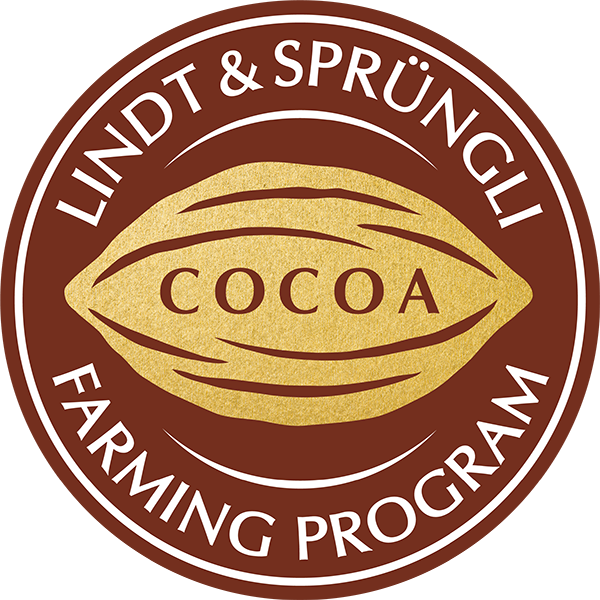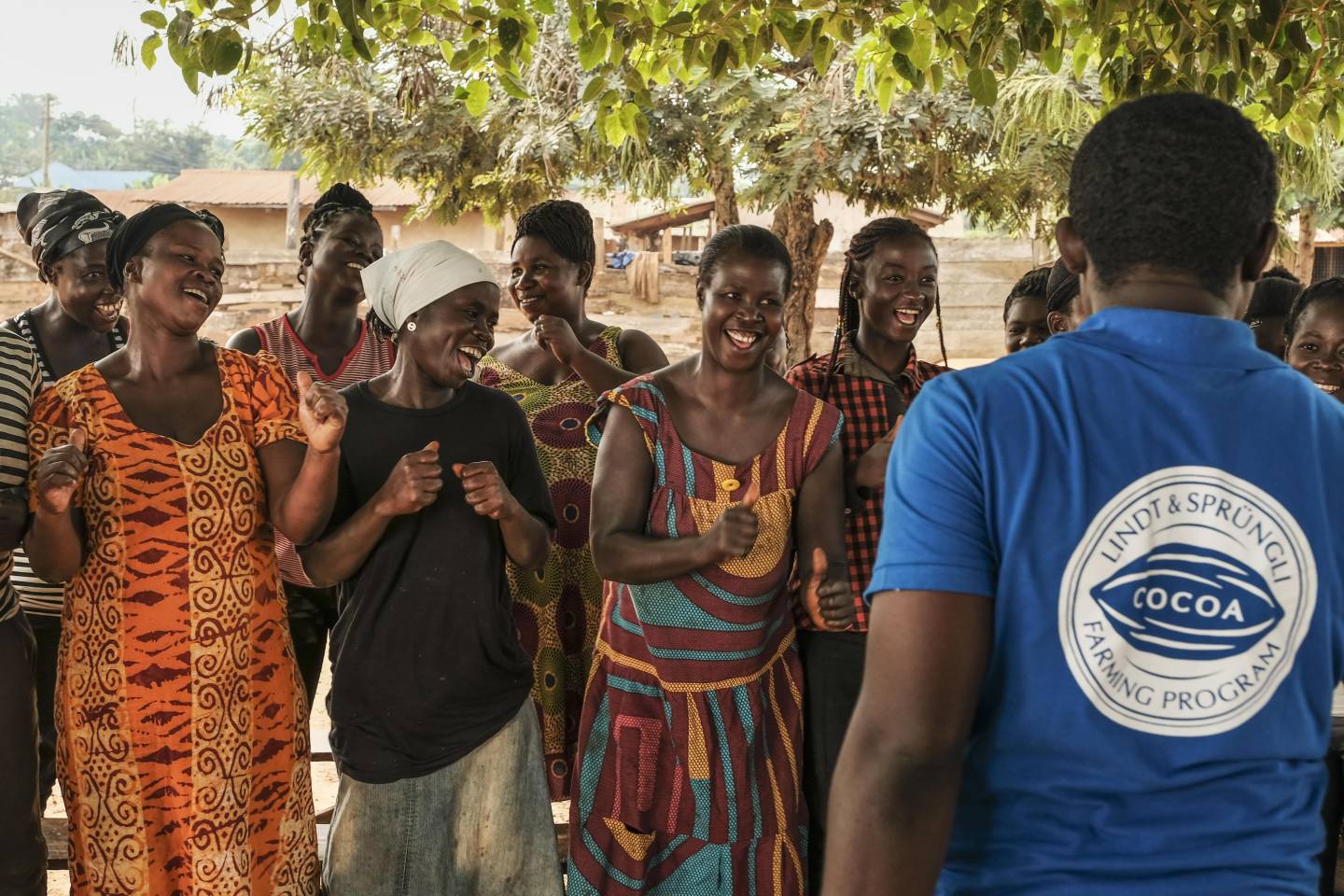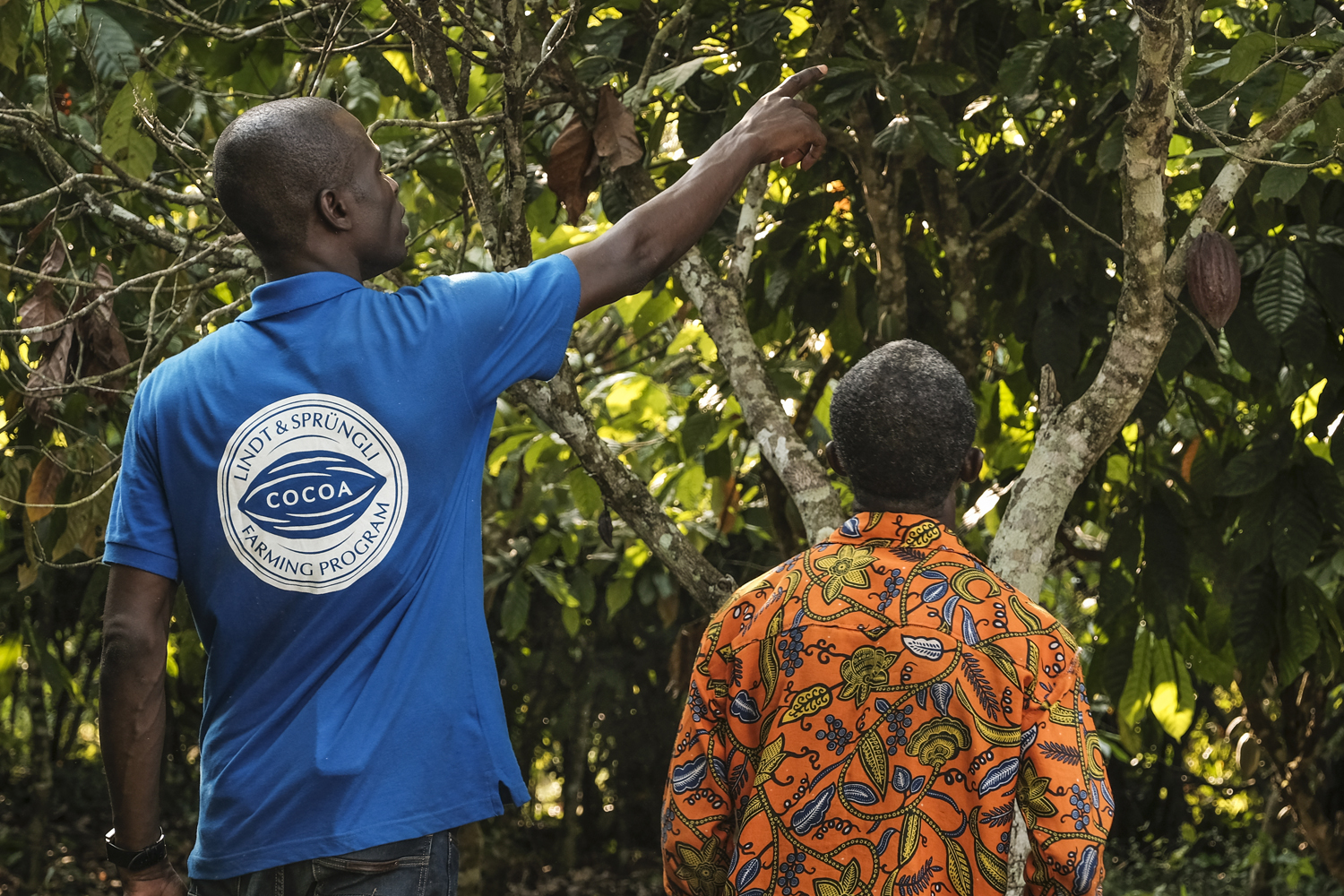The Lindt & Sprüngli
Farming Program





High-quality cocoa is at the heart of our chocolate. It is our most important raw material, and we are committed to sourcing it responsibly. That's why we developed our own responsible sourcing program for cocoa, the Lindt & Sprüngli Farming Program. Through the Farming Program, we aim to create decent and resilient livelihoods for cocoa farmers and their families and to encourage more sustainable farming practices. In 2024, 118,000 farmers participated in the Farming Program with 770 field staff working for the program.
After achieving our goal to source 100% of our cocoa beans through the Farming Program in 2020, we extended the program to include cocoa butter in 2021 and cocoa powder in 2022. In 2024, we sourced 84.2% of our cocoa products, which includes beans, butter, powder, through the Farming Program or other responsible sourcing programs. We invested CHF 33.6 million in the responsible sourcing of cocoa in 2024.
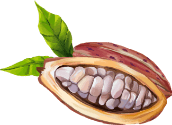
From bean to bar
Lindt & Sprüngli is a chocolate manufacturer that produces its own cocoa mass from the cocoa beans it sources (excluding Russell Stover). This allows us to oversee the production process from the selection and sourcing of cocoa beans to the production of cocoa mass, also known as cocoa liquor, and the finished product – “from bean to bar”.
The Farming Program cocoa origins
The Lindt & Sprüngli Farming Program was launched in Ghana in 2008. It is now implemented by our suppliers in seven cocoa producing countries: Côte d‘Ivoire, the Dominican Republic, Ecuador, Ghana, Madagascar, Papua New Guinea, and Peru.
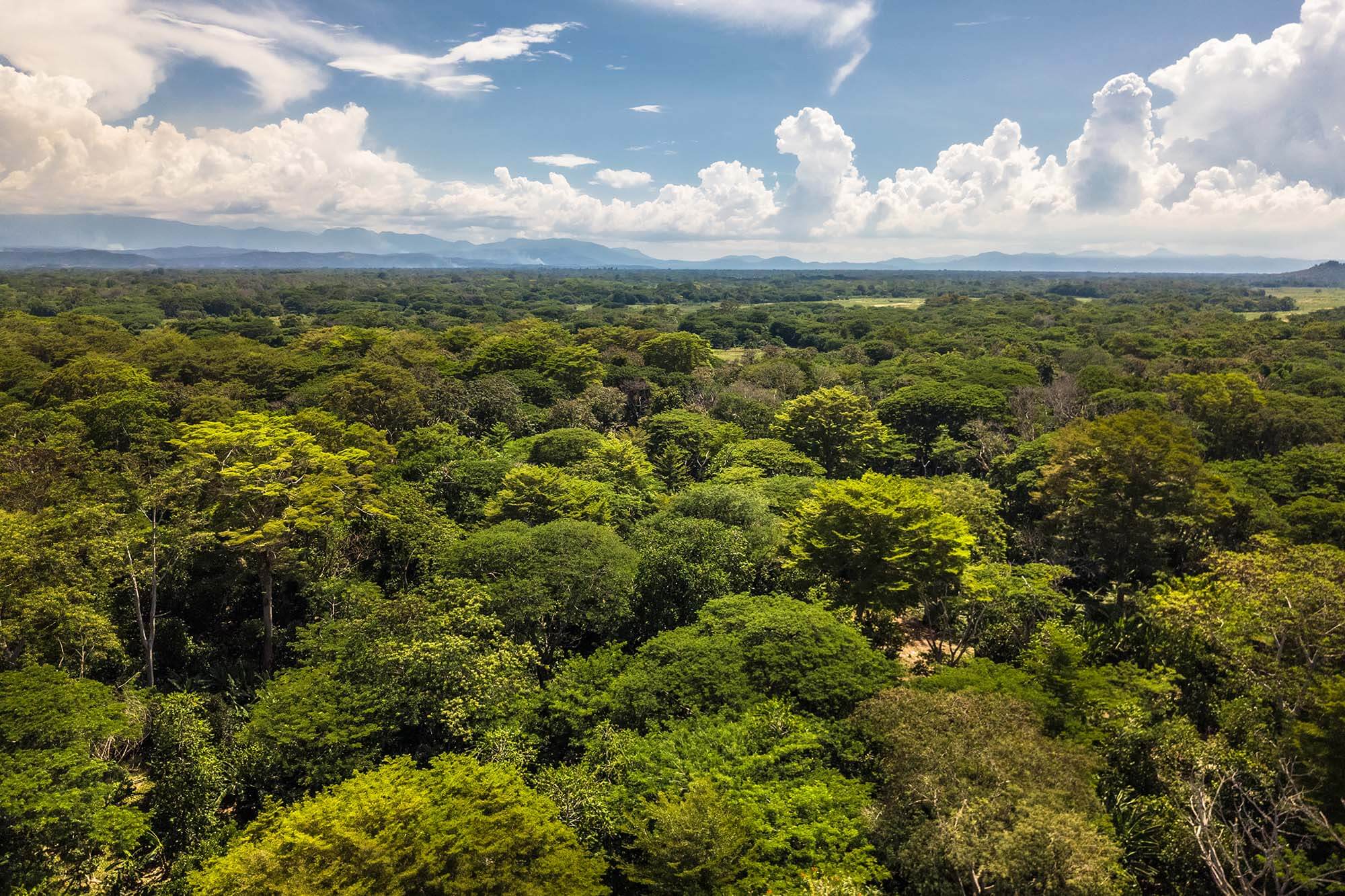
Ghana
Part of the Farming Program since 2008, currently with more than 61,050 farmers
Ecuador
Part of the Farming Program since 2014, currently with more than 6,850 farmers
Madagascar
Part of the Farming Program since 2015, currently with more than 2,500 farmers
Papua New Guinea
Part of the Farming Program since 2017, currently with more than 4,750 farmers
Dominican Republic
Part of the Farming Program since 2018, currently with more than 950 farmers
Peru
Part of the Farming Program since 2021, currently with more than 1,200 farmers
Côte d'Ivoire
Part of the Farming Program since 2021, currently with more than 40,800 farmers

Our Farming Program milestones
2008

Start of the Farming Program
in Ghana, with focus on traceability
and community development.
2012

Extension of the Farming Program
to cover four pillars: traceability, training,
community support, and verification.
2013

Lindt Cocoa Foundation
is established.
2014

Start of the Farming Program
in Ecuador
2015

Start of the Farming Program
in Madagascar
2016
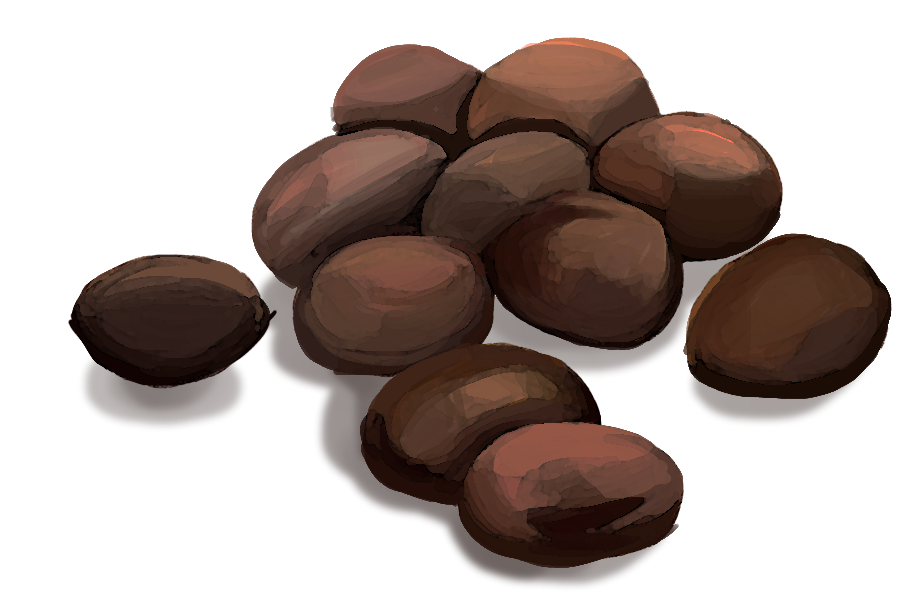
Cocoa bean supply chain from Ghana
is 100% traceable and externally verified.
2017

Start of the Farming Program
in Papua New Guinea.
2018

Start of the Farming Program
in Dominican Republic.
2019
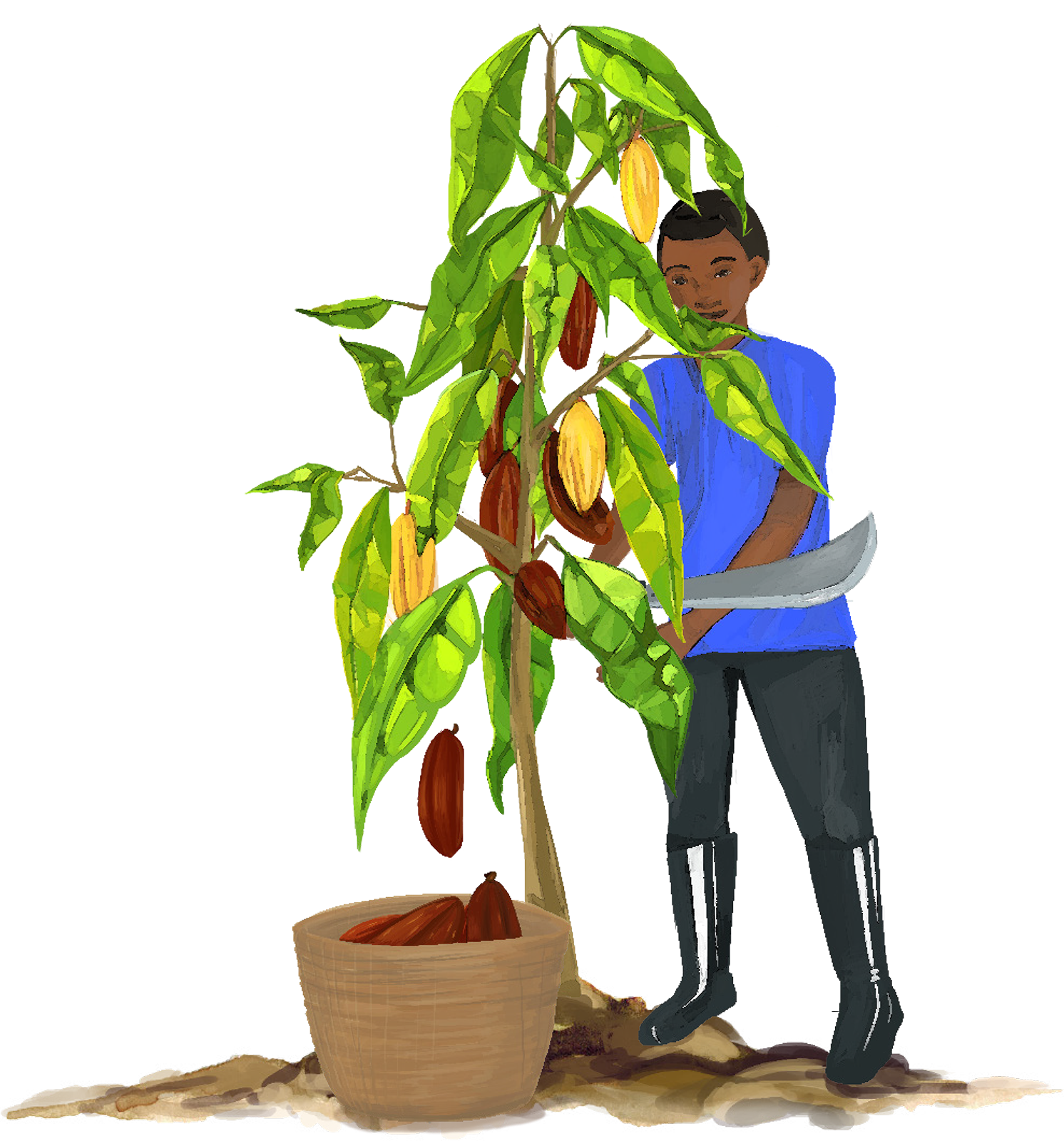
Launch of the No-Deforestation and
Agroforestry Action Plan for Cocoa.
2020

Interim goal reached:
100% traceable and externally verified cocoa bean supply.
2021

Start of the Farming Program in Peru.
2021

Start of the Farming Program in Côte d’Ivoire.
Cocoa butter sourced through the Farming Program for the first time.
2022
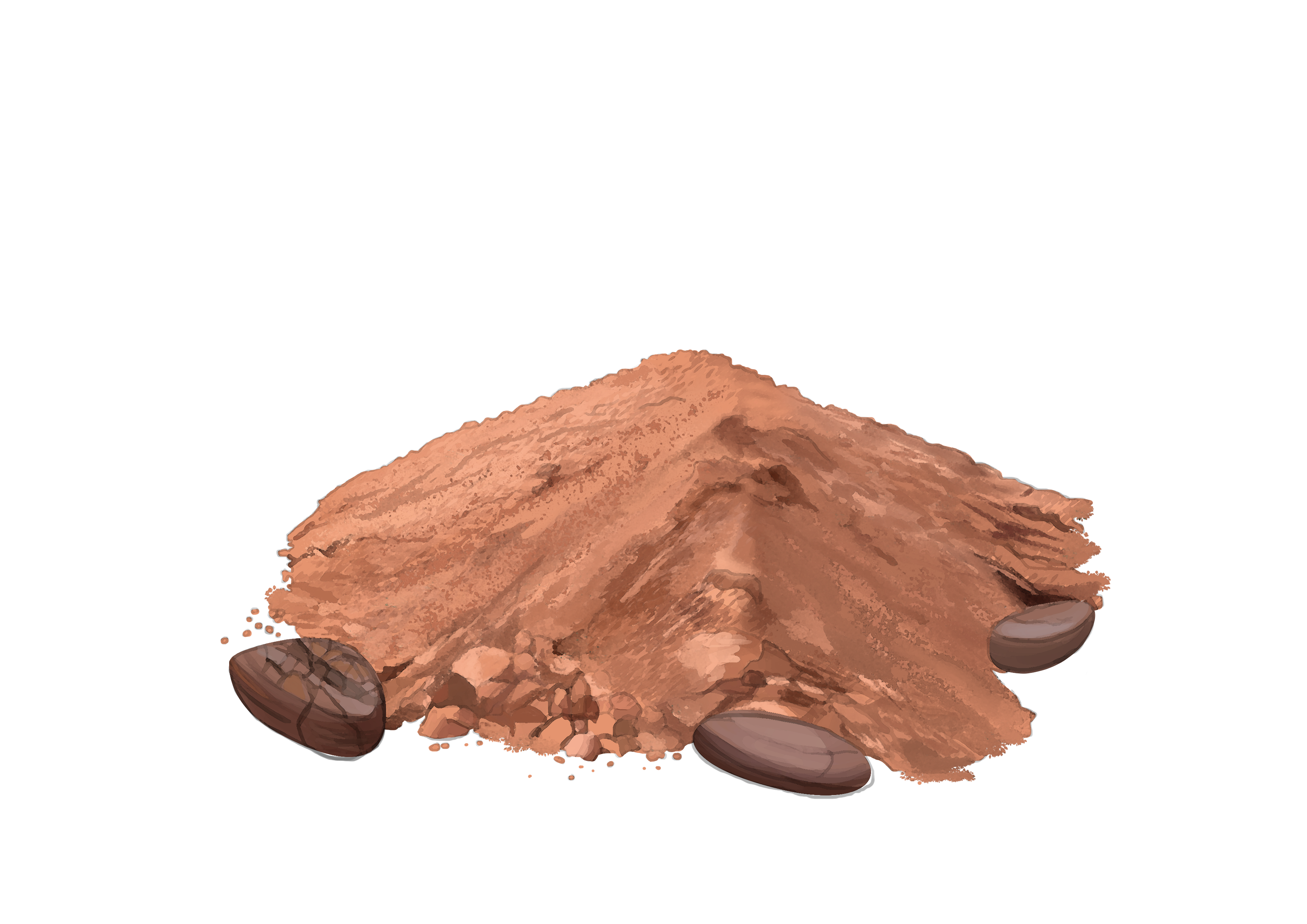
Cocoa powder sourced through the Farming Program for the first time.
2024
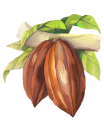
More than 84.2% of our cocoa products including beans, butter, powder, sourced through the Farming Program or other responsible sourcing programs.
2025
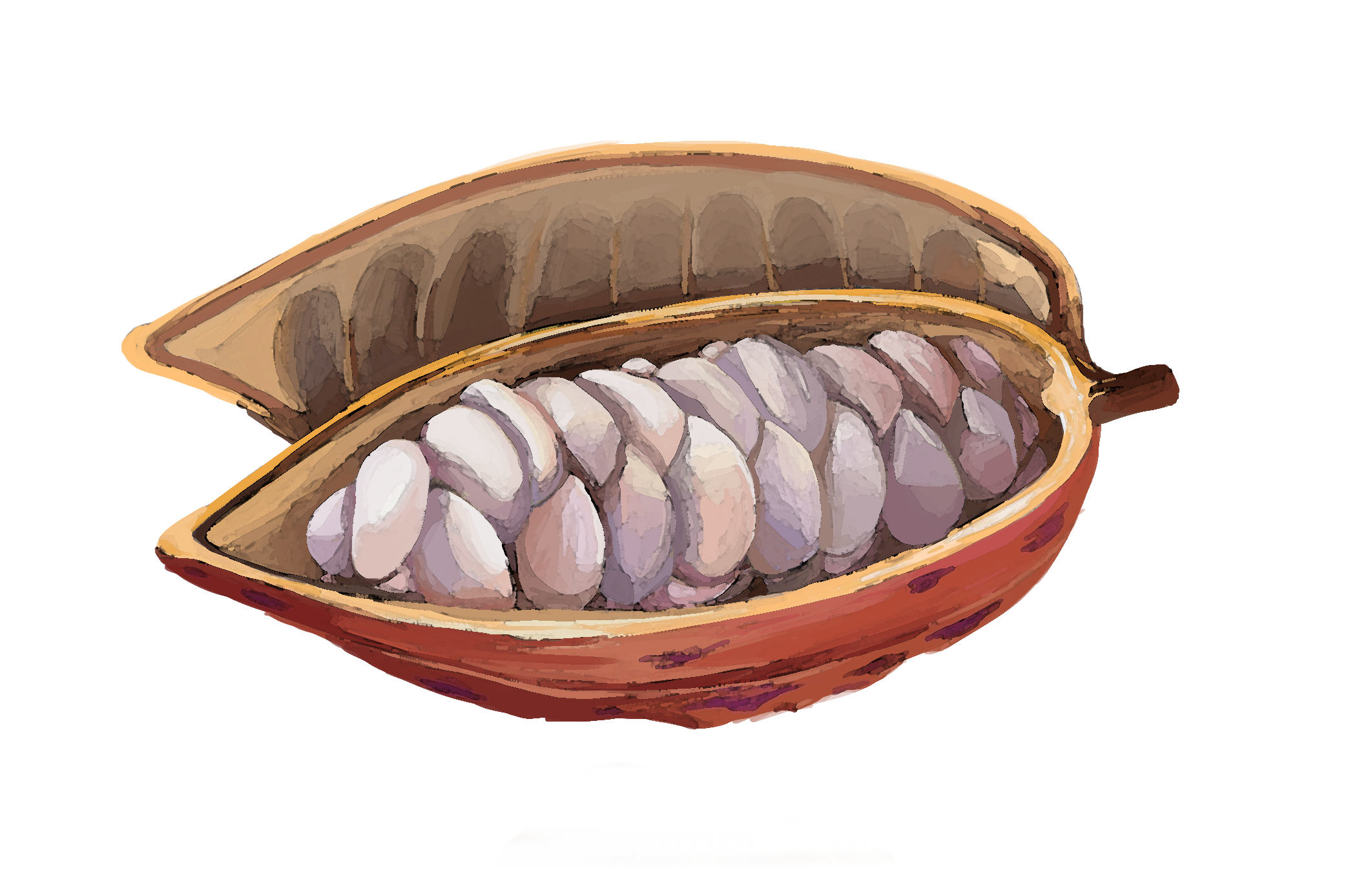
We aim to source 100% of cocoa products (beans, butter, powder, and chocolate mass) through the Lindt & Sprüngli Farming Program or other responsible sourcing programs by 2025.
Traceability and verification
100% of our cocoa beans are traceable back to the origin and are externally verified or certified. For volumes not sourced through the Farming Program, we rely on the requirements of, and verification through, Rainforest Alliance Certification. We aim to source 100% of our cocoa products – beans, butter, powder, and chocolate mass through the Lindt & Sprüngli Farming Program or other responsible sourcing programs by 2025. In 2024, we achieved this for 84.2% of our cocoa.

Our Sustainability Plan
The Lindt & Sprüngli Sustainability Plan is our strategy for optimizing our impact on the societies, environments, and economies in which we are present. It reflects our core company values of Excellence, Innovation, Entrepreneurship, Responsibility, and Collaboration. Through our Sustainability Plan, we aim to contribute to improving the livelihoods of people in our supply chain, contributing to an intact environment, fostering collaboration within the company, and delighting our consumers. Upholding business ethics and integrity and respecting human rights are critical aspects that extend across all elements of our value chain and the Sustainability Plan.
For more information, visit our corporate website and our latest Sustainability Report.
